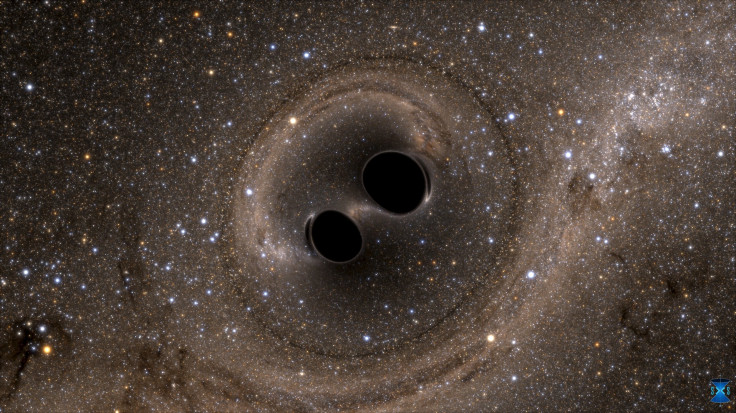Did Star Wars Really Happen? How An Outer Space Treaty Decided Who Owned The Final Frontier Fifty Years Ago

Fifty years ago, leaders from 62 countries signed a document of cosmic importance: the Outer Space Treaty.
The treaty was signed Jan. 27, 1967, when space exploration was in its infancy but Earth was at the height of the Cold War. But these nations — including superpower enemies the Soviet Union and the U.S. — agreed that outer space, at least, should be free from the arms race on the ground.
“The exploration and use of outer space, including the moon and other celestial bodies, shall be carried out for the benefit and in the interests of all countries, irrespective of their degree of economic or scientific development, and shall be the province of all mankind,” stated the first article from the treaty.
What did that mean? No country could claim the moon or any other planets as its own territory, for one thing. And in a time when nations were racing to build the biggest nuclear arsenal possible, the treaty also specified: No nuclear weapons in outer space.
Granted, the treaty didn’t stop the space race. The USSR and the United States’ rivalry extended to the stars, as both countries raced to see who had the best science and engineering chops to explore the celestial realm.
Before the Outer Space Treaty, it seemed the USSR was winning. They had sent up Sputnik, the first man-made object to be placed in the Earth’s orbit, in 1957. And four years later, Soviet cosmonaut Yuri Gagarin was the first person to go to space.
But between 1961 and 1964, the U.S. decided to step up its game. NASA’s budget was increased by 500 percent, and in 1969, American astronaut Neil Armstrong was the first person to step on the moon.
Armstrong famously planted the American flag on the moon, but that gesture was symbolic. The moon, after all, was the “province of all mankind.” Fitting, perhaps, that radiation from the sun has most likely bleached out the blue and red of the flag. As tensions heat up between Russia and the U.S. once again, the flag on the moon has faded into white, the color of peace.
© Copyright IBTimes 2025. All rights reserved.






















